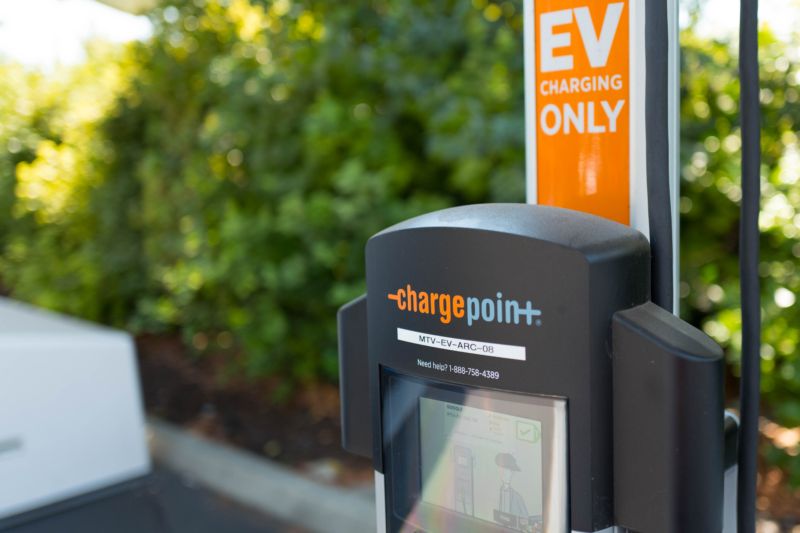[ad_1]

Last week, California Governor Jerry Brown announced one of the most ambitious electric vehicle (EV) incentive plans in the country. Colorado’s Governor John Hickenlooper also announced plans to improve infrastructure for battery-powered cars last week. Although EVs are still less than 1 percent of the total US passenger fleet, the two announcements show that state leaders are thinking about a second phase of EV rollout, as federal incentives are projected to run out for some automakers but climate change concerns grow increasingly urgent.
West coast
In California last week, Brown signed an Executive Order directing the state to adopt policies that could result in 5 million EVs on the road by 2030. That goal replaces an October 2016 goal put forward by Brown targeting 1.5 million EVs on California’s roads by 2025.
California has aggressive emissions goals and has been one of the major champions of renewable energy buildout. But the state’s transportation profile is still excessively reliant on gas and diesel. According to the Governor’s Office, transportation makes up 50 percent of the state’s greenhouse gas emissions.
Still, last week’s Executive Order indicated that state government thinks California could realistically grow its EV fleet from 350,000 currently to 5 million in just 12 years because the previous six years saw a 1300-percent increase in the number of zero-emissions vehicles in the state.
The Office of the Governor proposed spending $2.5 billion to achieve those goals. First, the state would improve charging infrastructure in the hopes that more people will be encouraged to buy EVs if they’re confident they can always find charging. The Executive Order directed all state entities to “work with the private sector and all appropriate levels of government to spur the construction and installation of 200 hydrogen fueling stations and 250,000 zero-emission vehicle chargers, including 10,000 direct current fast chargers, by 2025.”
The Governor also proposed an eight-year program to extend the state’s EV rebates (currently about $2,500 for passenger EVs, $5,000 for hydrogen fuel cell vehicles, plus an additional $2,000 for low-income drivers who want to purchase zero-emissions vehicles).
With approval from state lawmakers, some of the billions needed to implement this program could come from the $1.25 billion proceeds of California’s cap-and-trade market, which is unique to the state. The Governor issued a proposal (PDF) to divvy up that money last week as well.
To the east
Colorado has a much more modest EV market share with only a little over 11,000 zero emissions vehicles registered (granted it has just 14 percent of the population of California). But the state also made headlines last week when the Colorado Transportation, Energy, and Public Health Departments released a plan (PDF) to comply with a July Executive Order from Governor John Hickenlooper requesting more EV charging stations around the state.
The state estimates that it will have close to one million EVs on the road by 2030, but it noted that a lack of fast-charging along major transportation corridors could be a significant barrier to that future.
To rectify this, Colorado intends to introduce grant programs to encourage private industry to build new charging locations. Another portion of the chargers are likely to be built using funds from the Volkswagen Diesel Emissions Settlement. States were offered different portions of the environmental mitigation trust that Volkswagen Group was ordered to set up in the aftermath of its diesel scandal; the state of Colorado is expected to receive $68.7 million. The state will allocate 15 percent of that sum, or $10.3 million, to building new EV charging stations.
Another strategy to improve EV adoption that the Colorado Energy Office has proposed involves working with dealerships to increase the variety of EVs on their lots. “The four top metropolitan areas in California for EV penetration have 25 to 30 electric models available, suggesting a correlation between model availability and sales,” last week’s plan noted. The state also wants to increase its electric transit vehicles (that is, buses) from the current 36 it has in its fleet to 500 by 2030.
[ad_2]
Source link













